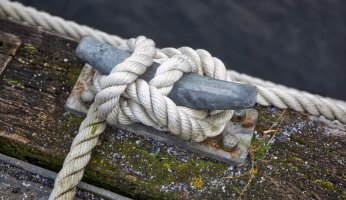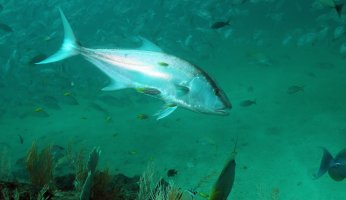Tips for Staying Warm While Fishing in the Winter
 Tips for Staying Warm While Fishing in the Winter
gearweare.net
Tips for Staying Warm While Fishing in the Winter
gearweare.net
As the days get shorter, and the wetter, cooler weather rolls in, it doesn’t have to signify the end of another fishing season. In fact, for many, it indicates the start of a new fishing season… one that is less crowded. While the cold and wet winter weather may leave many bundled up inside their homes, don’t let it stop you from doing what you love. If you are smart about it, winter fishing can be an experience you will learn to love and cherish.
There are a few tips that, if heeded, will help you stay warm while you are fishing this winter. The key is preparation and to utilize your body heat correctly to make it work for you.
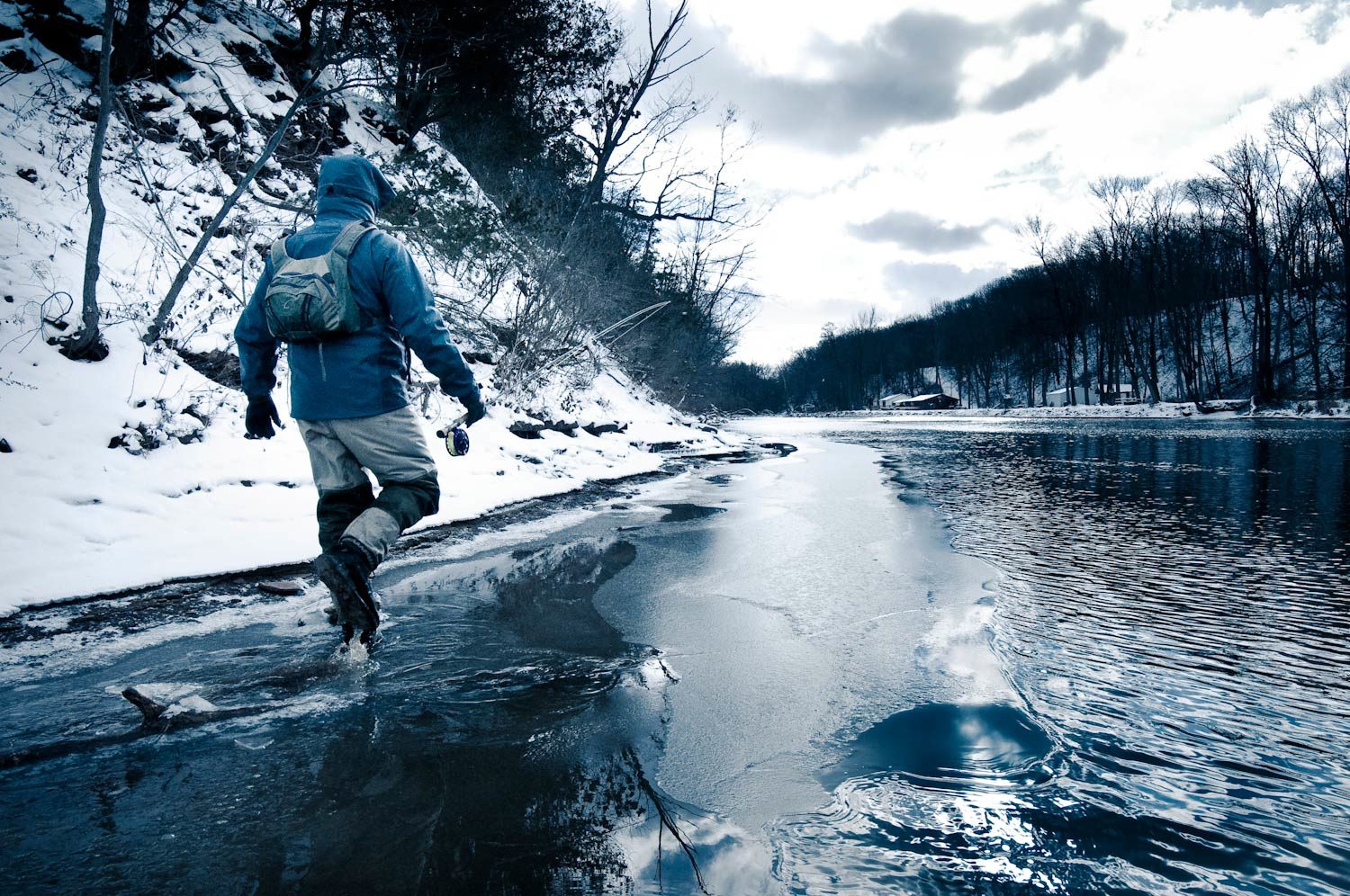
Before continuing into the details, remember one very important tip… Get dressed for the outdoors while at home and pre-warm yourself; do it before going out into the elements. Do not plan to get dressed waterside. This will only start you out cold, as you have had no time to heat up prior to exposure.
Table of Contents
Layers
The most important tip to offer for cold weather winter fishing is to dress in layers. By dressing in layers, you have an ability to adjust to the environment, including removing clothing if you become too warm to avoid sweating, or to add clothing if the temperature dips unexpectedly.
When layering your clothing, error on the side of having too much clothing, versus finding yourself stranded with not enough. You can always shed clothing in order to drop some degrees, however, not having the resources to warm yourself up when needed will be a sure fire way to end your winter fishing trip.
The Core
The core area of your body, from your shoulders to your hips, can be considered the thermostat for your body. Should this area remain warm throughout your winter fishing, warm is how the rest of your body will feel. Lock in the heat around this vital area by selecting the best combination of clothing, which we will discuss later.
When dressing your core area, make sure you choose clothing that is large enough that is can be tucked in and stay tucked in. Any clothing that is short tends to come untucked, leaving you with an opening that is going to release all the warmth that you work so hard to build up.
The Fringes
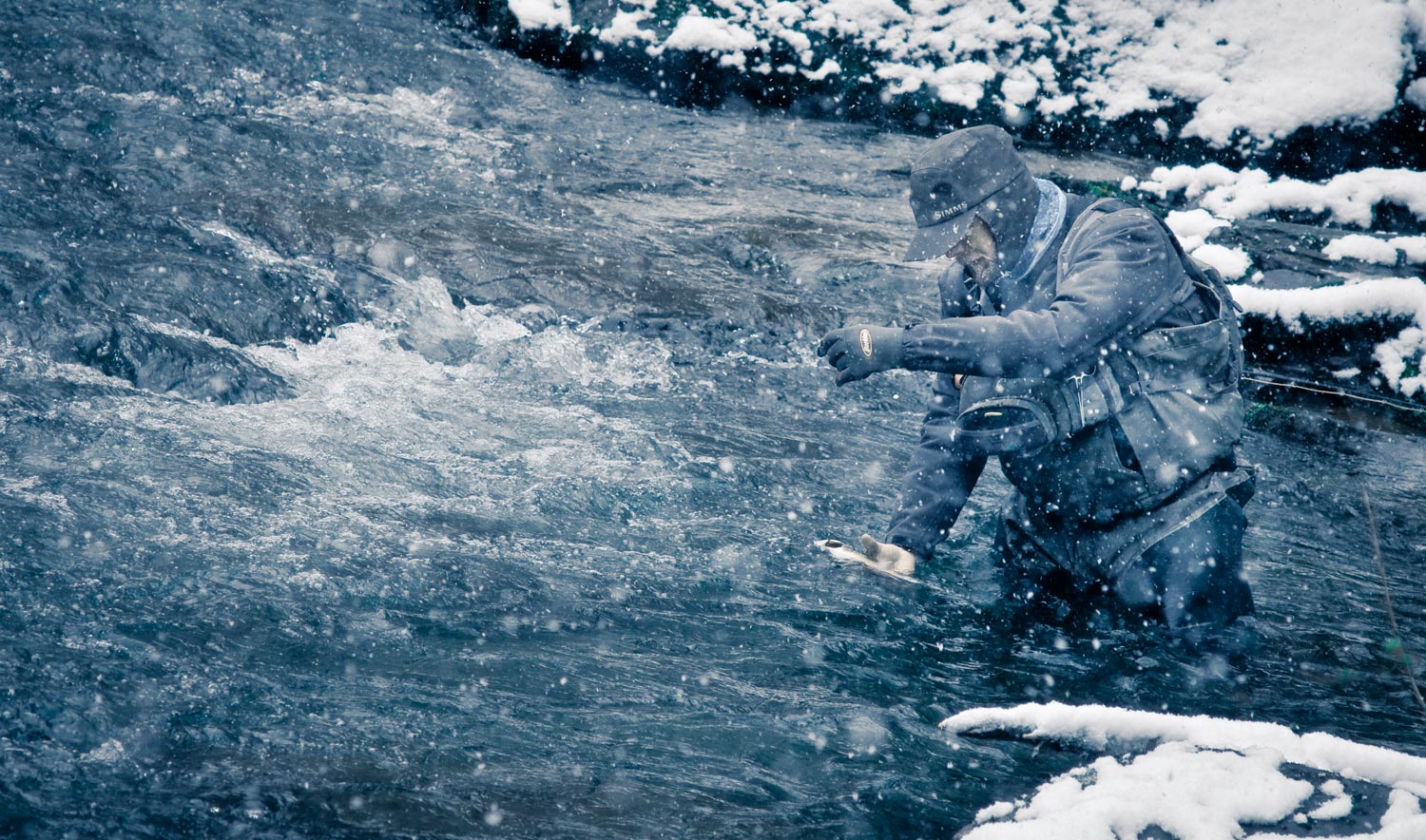
It is vital to take all precautions to protect your extremities, or those body parts that are furthest from the core of your body. Due to the distance from your heart, your appendages will be more susceptible to exposure than other areas of your body. With already having lower blood levels pumped through them, your hands and feet will be the first areas of the body to be sacrificed should your body need to preserve more vital areas first.
To safeguard the fringes of your body, your hands, feet, and head, wear clothing that is designed to retain body heat while whisking away any sweat.
Head/Face
Starting at the top, protect your head, face, and ears with a hard hat liner, baklava, or ski mask. Your head, when exposed, can be a great route for heat loss. If possible, have an inner lining that protects your head, face, and neck, followed by another hat that adds additional layers to your head, such as a sweatshirt hood, a ball cap, or a wool stocking cap.
Hands
Your hands will be the most difficult body part to protect, because in winter fishing, warm hands will be difficult to maintain when you have to use them to participate. Fishing will expose your hands to water and the cold air, even if using gloves, so extra measures will be mandatory. Bring multiple pairs of gloves in the event one pair gets wet from the water or perspiration. Having an extra set or two will allow you to rotate between the pairs while the others dry.
Look for Gore-Tex gloves, which will keep your hands as dry as possible, but do plan for your hands being exposed to water at some point in the day.
It addition to wearing gloves, bringing along multiple sets of hand warmers to have in your pockets and gloves will prove invaluable to a more positive experience.
For more information on what kind of gloves to use while fishing, you can visit What Type of Gloves to Wear When Going Fishing.
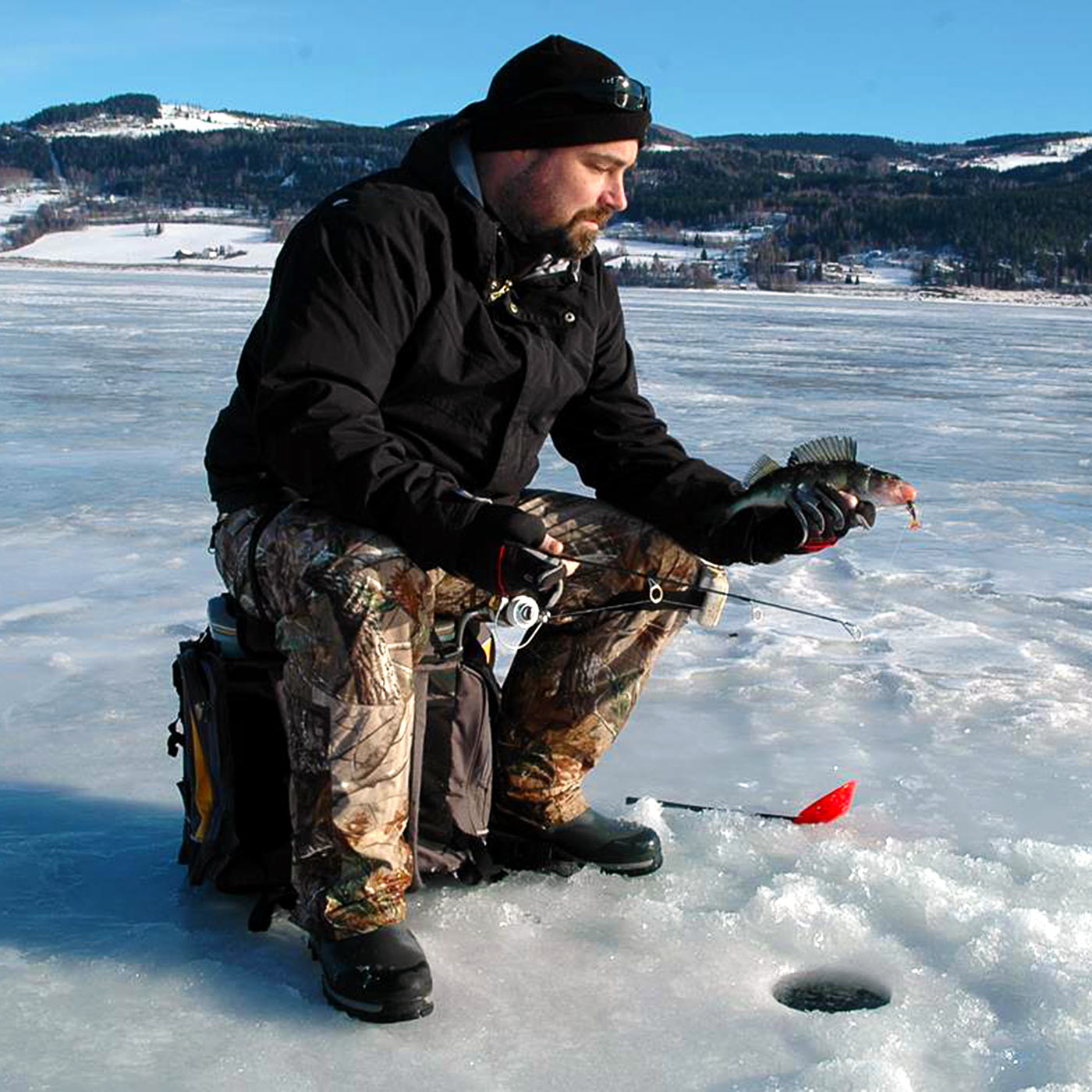
Feet
Keeping your feet protected during winter, cold weather fishing will require you to be selective on two different areas. You will need to keep your feet dry and warm externally through boots and inside your footwear through adequate socks.
Again, when preparing to go out into the cold and wet, layer your socks to gain an upper hand on the elements. Wearing thin cotton socks underneath larger wool socks will keep moisture off your feet from perspiration, yet also insulate the warmth in. Remember, this is in addition to good footwear.
Regarding your boots, you will want to get a pair that may be slightly big for your size, as you want to have the ability to layer socks inside them without making them uncomfortable. You will want to make sure the boots you chose for your winter fishing are insulated and waterproof to keep your feet warm and dry. Without either of these, you will be setting yourself up for a miserable day around the water.
Like for your gloves and pockets, utilize the instant heat of heated hand warmers for your feet by putting them in your boots.
The Clothing
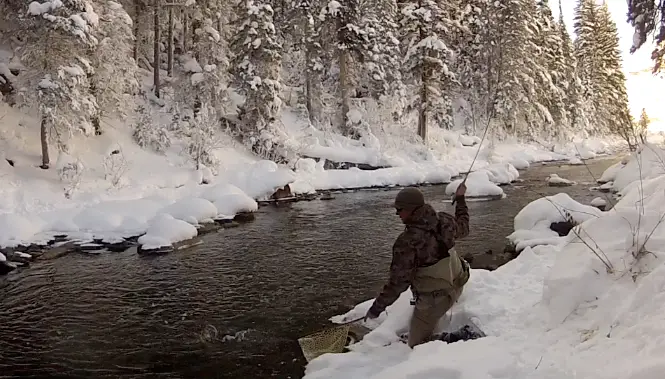
First Layer
With the exception of normal everyday undergarments, the first primary layer of clothing that you should wear to stay warm while fishing in the winter should be of a material that will remove any perspiration from your skin, such as cotton. This layer should insulate your body’s natural heat to your skin, while pulling that moisture out for evaporation. This comfortable fabric can be worn all day long and will serve its use in keeping you warm and dry from the inside. A simple tee shirt, whether short sleeve or long sleeve, will do the trick.
For the bottoms, you can use a comfortable pair of sweatpants or blue jeans.
Second Layer
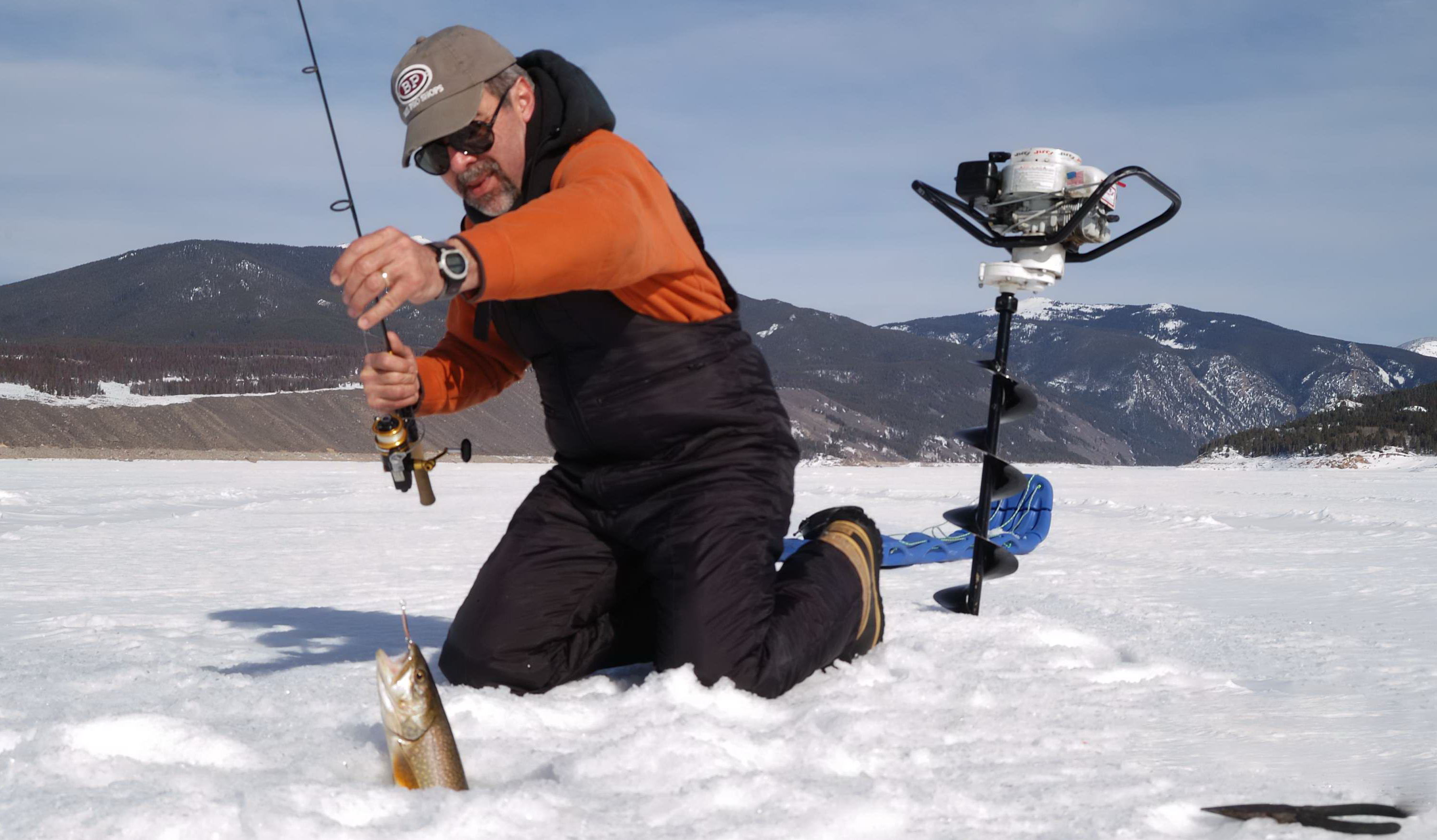
The second layer of clothing should be able to do double duty. We want this layer to keep our body heat in, while trapping the cold outside air out. Fleece material works great for this situation, so try a fleece jacket, pullover, or sweatshirt. On top, you can also choose a hooded sweatshirt, which also gives you additional coverage for your ears and head. Polyester may be a better choice than cotton for this layer, due to its ability to repel moisture.
Another option for both the tops and bottoms, would be a set of long john underwear.
Outer Layer
If appropriately dressed under the outer layer, this layer can be focused on wind, rain, and cold proofing. This can be a blend of snow-type wear, including bibs and a windbreaker jacket, or a whole snow suit combination. As you reflect back to the discussion on keeping your core warm as possible, bibs, which ride higher than normal bottom wear, cover additional areas above your waist, so for extremely cold environments, this may be the best option to guarantee whole body warmth while winter fishing.
If it is just raining, and not severely cold, a rain suit may be the best option for this layer. Like glove construction, the outerwear should contain a Gore-Tex material, which helps prevent water penetration, but allows your perspiration to evaporate outward.
Other Considerations

There are a few other considerations which should be taken into account when trying to stay warm when fishing in the winter season.
First, make sure you always pack an extra set of clothes and carry them in a dry proof container. Should you be exposed to water, whether from falling out of a boat, or stumbling in from the shore, a brief exposure to the frigid conditions can make for serious health implications.
Once submerged, if there is no dry clothing to change into, the time it takes to retrieve warm, dry clothing can prove to be very uncomfortable and dangerous. Have spare clothing readily available to avoid any serious consequences.
With that, always wear a life vest when around cold water, especially on a boat. If you find yourself in the water, all the additional clothing you will be wearing will become heavy quickly. Not to mention, the shock of the water temperature will likely make quick work of your energy and ability to recover safely into the boat, so be prepared with a life preserver.
Finally, do not forget to bring healthy snacks to munch on throughout the day. As your body and metabolism work to process the food, energy and heat is created. Also, giving your body “fuel” to use to maintain your temperature is a must in winter fishing conditions. Seek out foods that are high in protein, fats, and complex carbohydrates, as they burn slower and allow for extended benefit.





